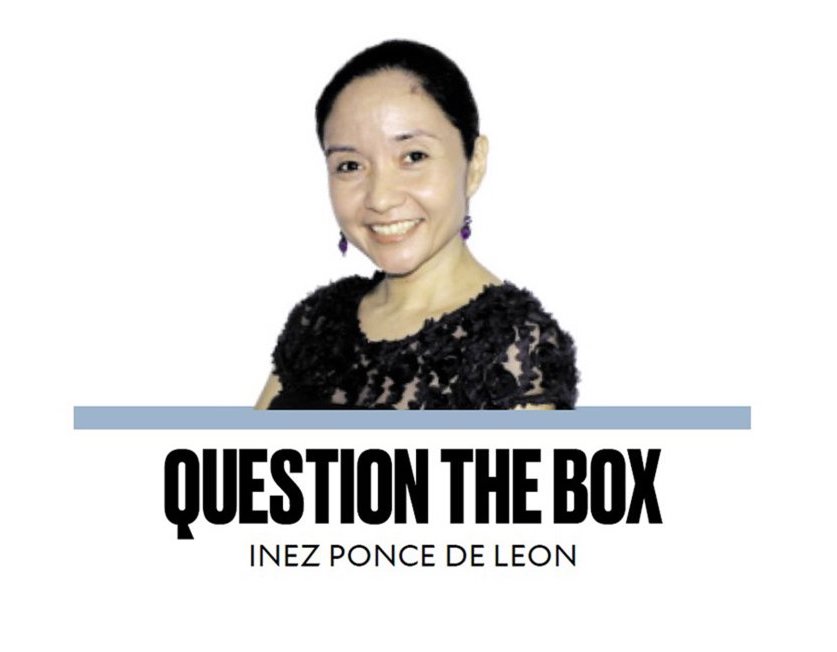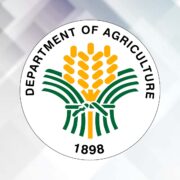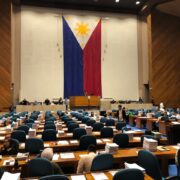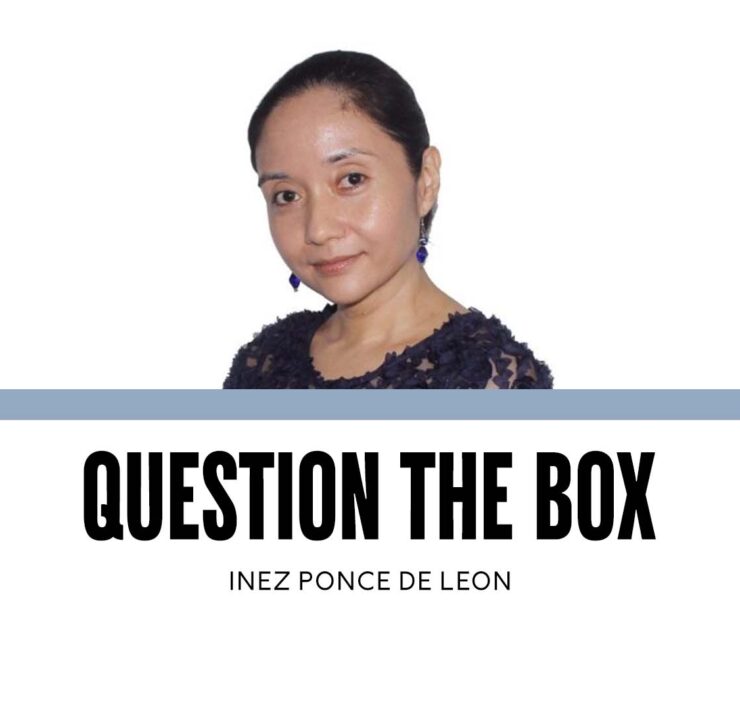Embracing uncertainty

Last week, I read a project proposal for a science communication workshop. It was infuriating.
There were sessions on graphic design, writing social media posts, crafting articles to condense scientific information, and, vaguely, something about communicating effectively to an undefined “lay public.”
There was no frame through which these tasks could be viewed against the nature of science itself—a field that has many nuances that mere dissemination of information cannot capture.
Science, as a field, has a culture with specific norms among those who practice it. There are mechanisms to aid in sustaining the integrity of scientific processes and, by transference, scientific findings. Science, whether of the bench or social, has an underlying philosophy and logic that should first be understood.
Science is one among many kinds of knowledge. It is not the only one, nor the king of all. It can answer many questions, but even scientists will tell you that science has its limits—and it is these limits that lend joy to scientific inquiry because scientists always know that the universe will keep unfolding and revealing its secrets. The joy of science is not in the finding but in the process of uncovering.
To teach science communication as “disseminating information to the lay public” is unjust to two fields: to communication, which is more than dissemination; and to science, which is more than information.
Equating science communication with information dissemination is an idea that died after the Cold War. Mere dissemination assumes that people know nothing about science and their ignorance leads to bad decisions, so that their ignorance has to be cured with knowledge.
The problem with all these is that they are unfounded assumptions and decades of research do not bear them out. Human decision-making is complex: knowledge is sometimes key, but people also weigh knowledge against experiences, memories, upbringing, norms, and traditions, among many others.
Forcing people to swallow information is actually against the practice of science, which teaches everyone to be critical about the information they receive, to trust no one immediately even if they’re in a white lab gown and handling complicated equipment, to be skeptical of new information because all knowledge is tentative and must be tested repeatedly.
This is something we started tackling in earnest in our Issues in Science Communication class (COMM 85). Last week, my students and I discussed uncertainty, a concept that is understood in different ways across different fields.
In science, uncertainty has many meanings beyond, “I’m not sure.” There is uncertainty because scientific instruments and current mathematical models cannot account for all phenomena; science, as a field, works from a default of tentative knowledge that must be repeatedly tested; and scientists are human, so they do not know everything, cannot know everything, or, sometimes, can project many possible scenarios, but do not have the capacity to say exactly which one will occur.
Good science, however, is always backed by meticulous work: not “the scientific method” because there is no single method, but by systematic examination of a phenomenon. A scientific debate, therefore, has to be built on information from good research, and not merely intuition or pedestrian observation. Scientists contribute to policy by providing the best information at that point in time.
My students, many of them science majors, recognized uncertainty as part of their work and realized that conveying it was not as simple as injecting more information or adding disclaimers to news. Once again, their in-class essays revealed their insights.
I asked, “We can’t avoid the human need for recognition of one’s work, the pull of quick and entertaining information, the tentativeness of knowledge, and uncertainty in scientific work. How can all these still be reconciled without sacrificing research integrity?”
The best insights came from the students who weren’t afraid to critically examine science. Though they knew that science was imperfect, they had greater respect for the scientists who worked silently, but meticulously, to ensure that all uncertainty is minimized and acknowledged.
One student said that the rewards system focused so hard on people, rather than the process of science, which ran contrary to the nature of science itself. It was time that we found ways to wrestle with ideas to spur good research, rather than encouraged wrestling among people.
That, I think, is the spirit of true inquiry: curiosity, a need to ask questions regardless of the person who first gives the answer, and going beyond information.
Science is a process that has to be understood. Perhaps that is the story that has to be communicated because in the melee of scientists struggling with their equipment, assumptions, theories, findings, and choices of methods, we can find a very human field with very human stories to uncover, tell, and inspire.
—————-
iponcedeleon@ateneo.edu


















